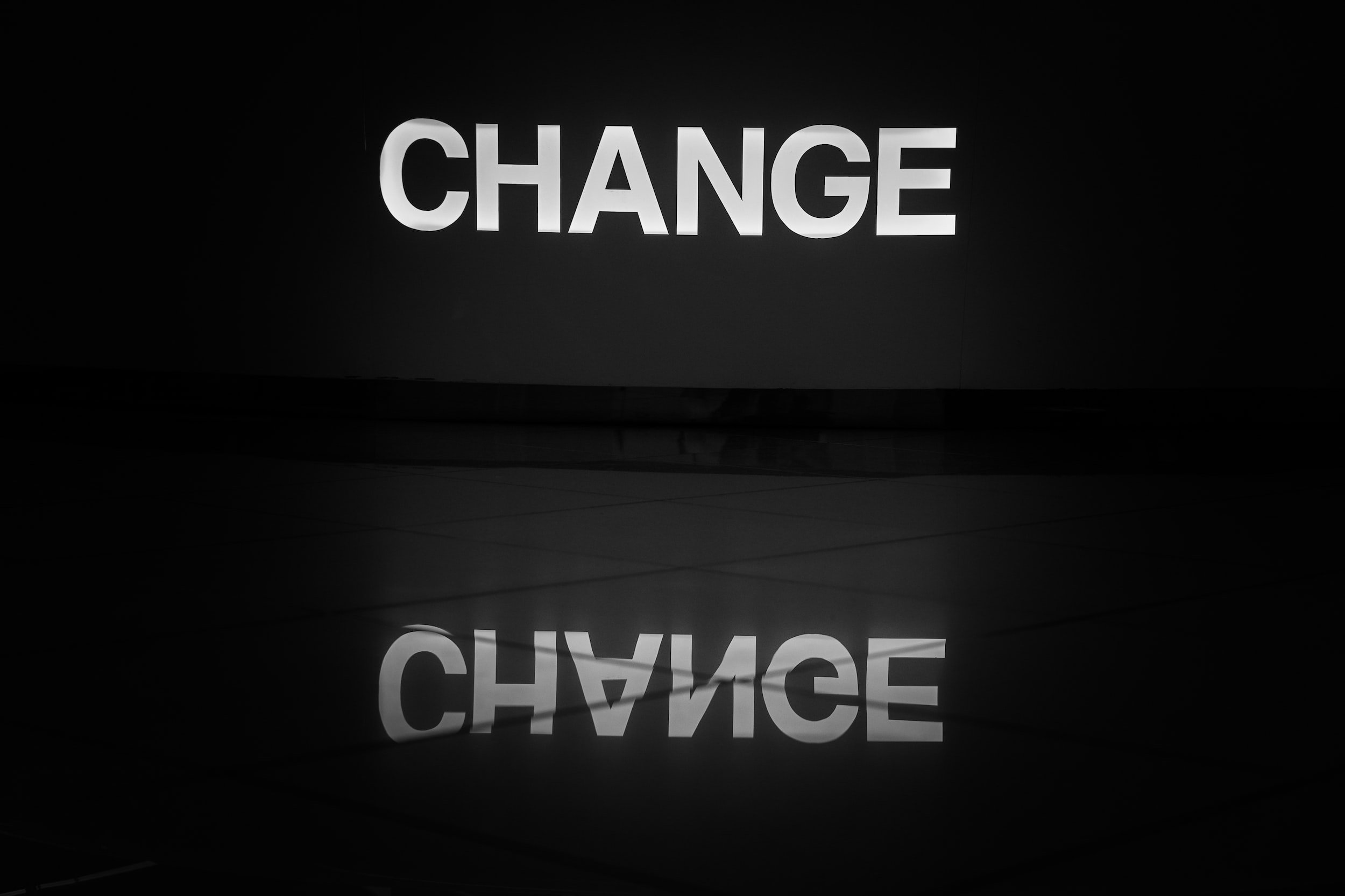Understanding and Overcoming Low Self-Confidence
What to do when it’s not OK to be you…
People who struggle with self-confidence do not feel secure. The underlying theme boils down to a problem with self: It’s not OK to be me. Some people take pause with this description. I invite clients to consider the following, all of which create and maintain self-confidence issues.
Fear
Being afraid to make decision, or more commonly, worrying about making the wrong decision is common. People find themselves stuck in all-or-nothing, or black-and-white thinking. It’s either a right or wrong decision, but unable to predict the future, people cycle in fear of achieving the wrong outcome.
Overthinking
Overthinking occurs when people turn thoughts over and over in the mind and think about them from every angle before feeling confident in deciding. This isn’t inherently problematic because a thoughtful decision often leads to the best outcomes in the short and long term. Overthinking becomes problematic when it stalls the decision-making process, causes unnecessary stress, or interferes with functioning.
Rumination
Repetitive loops of thought cause people to get stuck on a worry, anxiety, fear, or topic. The thoughts cycle without resolution or relief from the stress they cause. Some refer to it as the “hamster wheel,” or the “rumination wheel.” The brain is going in circles, and the autopilot of the emotional system is doing the driving.
External validation
Needing validation from others to feel confident or secure making decisions consumes time and emotional energy. Some people need a lot of reassurance their decision is OK or makes sense. Even then, they still tend to feel distress while executing the decision.
Guilt
Making decisions requires actions. Actions that cause people to put themselves first often cause a lot of guilt and distress for people with low self-confidence. It’s hard to prioritize the needs of self over other, even when it’s good for self and harmless to others.
Trouble Saying “No”
Saying “no” to others may be hard or feel impossible to people with low self-confidence. Some people would rather avoid saying, “no,” for fear it will upset people, cause a rift in a relationship, hurt someone’s feelings, or invite conflict.
Sleep disturbance
Losing sleep? The melatonin, sleep apps, and calming meditations aren’t cutting it. The brain still finds a way to go in circles, or become a voracious editor. When people lie down to rest, often they find themselves reliving the day, editing their behaviors, worrying about what they did right or wrong, or worrying about what others think of them.
The internal narrative sounds like:
Are they upset with me? Did I offend them? Am I still acceptable to others? What if they think negatively about what I said or did? Will they still like me? Have I embarrassed myself?
There is so much anticipation it’s hard to fall or stay asleep and impacts sleep quality.
Settling
Not feeling confident it’s possible to achieve goals, preferences, or expectations from others can lead to shortchanging oneself, and settling in relationships at work, home, with friends, or when choosing a mate. Low self-confidence invites people to make excuses for bad behavior, deny their own instincts, dismiss critical thinking, and self-doubt to a level that people can end up in incompatible, dysfunctional, or abusive relationships.
Recognizing low self-confidence and changing thought patterns is possible.
Once people realize they are struggling from self-worth or self-confidence issues, it can feel scary to begin tackling the problem. Often, shame is intermixed. This creates and sustains negative feelings and self-doubt.
Below are a few simple exercises to begin increasing self-confidence by recognizing and changing thought patterns and behaviors.
Functional VS. Dysfunctional (Not Right VS. Wrong)
Instead of thinking in terms of right and wrong, start thinking about what works and what does not.
Is this functioning for me? Does this work for me? What would work?
Think about values, resources, and abilities. Just because something doesn’t work for someone else, doesn’t mean it is wrong, and vice versa. Bonus: this way of thinking also defeats shame cycles.
Replace Rumination with Problem-Solving
Instead of ruminating on worry thoughts, start asking some questions that switch anxiety to problem solving.
Is this a current problem? What can I do about it? What would resolution look like? What is one small step toward resolution I can make today or this week?
Is this a future problem? If I ever encounter a problem like this, what can I do about it? What would I need to support myself if this problem enters into my life? Am I willing to give myself that support and work toward solutions?
When we switch anxious ruminations to problem-solving, we switch from passive worrying to being active in our own space. Worrying increases helplessness. Being active in our own (head) space is more encouraging and empowering. It’s important to differentiate between the two.
Change the Rules
Guilt comes from breaking a rule. When people identify what rules in their heart and mind they are operating from, they can see where guilt is coming from. We often learn these “rules” growing up or from society.
What rule am I breaking? What did my family of origin teach me about these “rules?” What are they?
Once the rule is identified, there are two options: follow the rule or change it. Some rules are ineffective, shaming, outdated, or otherwise unhelpful. Just like the map in your car, our rules need updating as life changes.
What could I change this rule to? Hint: what advice would you give a friend?
Once the rule is changed, it’s time to practice. It will take time for it to feel right. The guilt may last a while, but eventually change settles in.
Change is difficult and the brain naturally resists it.
I’ve worked with clients for over 15 years. Change takes time, and is challenging. In addition, the brain neurologically registers changes as an error or mistake to be corrected. When we make changes, we are swimming against our neurological current.
Making small, incremental efforts at change is important. Over time, we change our thought and behavior patterns, retraining the brain and emotional systems. Slow and steady wins the race.
Counseling is a very effective way to overcome low self-confidence issues.
Despite our best efforts, sometimes we cannot achieve our expectations or goals alone. It’s tiring and discouraging to be going in circles. Working from a core, systemic perspective, I love teaching people how to identify problematic thought patterns and make lasting changes.
Feel free to reach out for a free 15 minute consultation and we can talk about how anxiety therapy can help you overcome low self-confidence, self-worth issues, and doubt.


